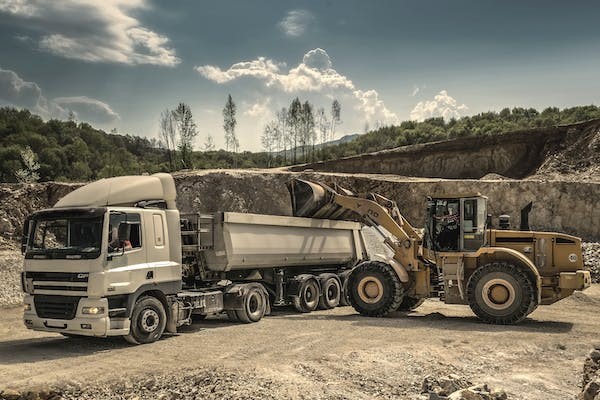With size, dimensions, and load capacity differences, light-duty and heavy-duty trucks vary from each other on several forefronts. Besides, they distinguish from each other based on the number of wheels and the vehicle’s gross weight. The fuel efficiency varies for both types.
Furthermore, the intended use varies for heavy-duty and light-duty trucks. While heavy-duty trucks have an application in transporting goods for large industries, light-duty trucks can help movers or low-weight goods transportation.
Let’s go through the main differences between heavy and light-duty trucks to understand their features and specs.
Differences Between Light and Heavy-Duty Trucks
| Criteria | Light-Duty Trucks | Heavy-Duty Trucks |
| Size and Weight | Smaller and lighter | Larger and heavier |
| GVWR | 0 to 8.5 tonnes (8,500 kg) | More than 11.8 tonnes (11,800 kg) |
| Payload Capacity | Up to 4 tonnes (4,000 kg) | Higher, often several tons |
| Towing Capacity | Moderate | High, designed for heavy hauling |
| Fuel Efficiency | More fuel-efficient | Less fuel-efficient |
| Engine Options | Smaller engines (gas/diesel) | Larger, more powerful engines |
| Usage | Personal use, light commercial | Industrial, construction, commercial |
| Common Applications | SUVs, pickups, daily driving | Freight, construction, heavy hauling |
From payload capacity to fuel economy, light-duty and heavy-duty trucks have multiple distinctive factors. Besides, the industry for both trucks is different. Here are the factors differentiating between these types of trucks:
Gross Vehicle Weight
Light-duty trucks are generally smaller and lighter compared to heavy-duty trucks. Gross Vehicle Weight Rating (GVWR) ranges from 0 to 8.5 tonnes for light-duty trucks. On the other hand, heavy-duty trucks can carry more than 8.5 tonnes. Moreover, most heavy-duty trucks can carry a higher load.
Payload And Towing Capacity

When it comes to towing, both trucks have great capacity. However, heavy-duty trucks can tow more than one vehicle at a time. For payload, light-duty trucks can transport up to 4 tonnes, whereas heavy-duty trucks can go much above that.
Fuel Efficiency And Engine Options
Since light-duty trucks have fewer wheels, generally four, they have a better fuel economy. Meanwhile, heavy-duty trucks carry more weight balanced on more than four wheels. This load requires greater engine power and consumes more fuel. That’s why heavy-duty trucks have powerful engines and less fuel economy than light-duty trucks.
Usage
Heavy-duty trucks have a use in industries such as construction and petroleum. For instance, larger tanks are attached to the trucks. They are commonly seen for transportation of goods to construction sites. Moreover, heavy-duty trucks have an application when it comes to carrying huge containers.
In contrast, light-duty trucks include SUVs, pick-up trucks, and commercial trucks. Furthermore, these trucks can carry lightweight only.
These were all the differences between the heavy-duty and light-duty trucks. If you are interested in Isuzu F-Series (heavy-duty trucks) and Isuzu N-Series and Q-Series trucks, the light-duty ones, you can buy them from a dealership.
To learn more about the types and specs of trucks, keep reading Isuzu’s local news.






